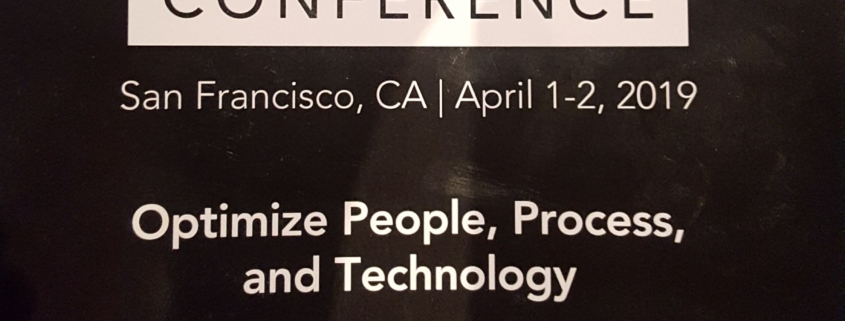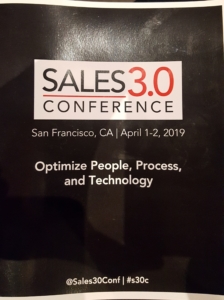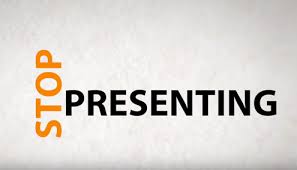 Your Sales Attitude: Aggressive or Inquisitive?
Your Sales Attitude: Aggressive or Inquisitive?
Trust is the foundation for success in sales. And the more complex the sale, the higher the dollar value of the sale, the more important trust is. Unfortunately, the general perception of salespeople causes buyers to be wary. As a result, the trust factor is very low initially—if any trust exists at all. Therefore the seller starts out at a distinct disadvantage and faces an uphill battle to earn trust. He or she has to first dispel the idea that their primary goal is to ensnare the buyer.
To compound the problem, many salespeople show up with a misguided attitude. They come across as saying, “I’ve got the best solution available, and my job is to convince my prospects that I’m right. To do this, I will offer a precise, logical argument supported by as much data as necessary to prove my point. I will become skillful at overcoming their objections and if they don’t buy, I will be persistent and follow up relentlessly until I win their business.”
This is the “try harder” approach: If you don’t get the sale, just try harder. These aggressive salespeople win points for effort, but not for effectiveness. This attitude just doesn’t fly. And certainly doesn’t build trust!
An alternative approach: Ask questions
Contrast that attitude with an entirely different one, such as, “I firmly believe in my product or service. But I also realize not everyone is a prospect for what I sell. And I realize that the harder I try to sell, the less receptive my prospect will be. Therefore, my best strategy is an inquisitive approach, to ask questions and encourage the prospect to tell me about his/her situation without fear that I might take advantage of them. Coming to a point of understanding without the pressure of trying to sell will meet both the prospect’s needs and my company’s needs most effectively.”
Put yourself in the prospect’s shoes. Which salesperson would you prefer to deal with, the aggressive one or the inquisitive one? Which person would you trust the most? Which attitude takes the pressure off? Most people would prefer—and be more likely to trust—the inquisitive salesperson.
What kind of attitude are your salespeople taking? How’s that working for you?


 Value proposition is a phrase that became ubiquitous during the 90’s dot.com (dot bomb?) era. You may still encounter this, or the “value messaging” term on a regular basis in the business world. Buzz word or not, value messaging will help quickly convey the value of your product or service without overwhelming or boring potential customers away in a landslide of features and benefits dumping.
Value proposition is a phrase that became ubiquitous during the 90’s dot.com (dot bomb?) era. You may still encounter this, or the “value messaging” term on a regular basis in the business world. Buzz word or not, value messaging will help quickly convey the value of your product or service without overwhelming or boring potential customers away in a landslide of features and benefits dumping.


 In three separate conversations, I was contacted by 2 sales representatives and one entrepreneur who asked to provide a critique of a presentation that they were taking to a prospect. While the circumstances around each were different, there was one common challenge I identified following each conversation-information around a solution, product, or service was being presented way too soon! None of the three understood how the prospect ran their business without the recommendation that they would prescribe. And only one realized how this approach would lower their chances of a successful outcome, even if they did (for some strange reason) win the business.
In three separate conversations, I was contacted by 2 sales representatives and one entrepreneur who asked to provide a critique of a presentation that they were taking to a prospect. While the circumstances around each were different, there was one common challenge I identified following each conversation-information around a solution, product, or service was being presented way too soon! None of the three understood how the prospect ran their business without the recommendation that they would prescribe. And only one realized how this approach would lower their chances of a successful outcome, even if they did (for some strange reason) win the business.
 Why You Should Use Those Buyer Personas You’ve Been Avoiding
Why You Should Use Those Buyer Personas You’ve Been Avoiding